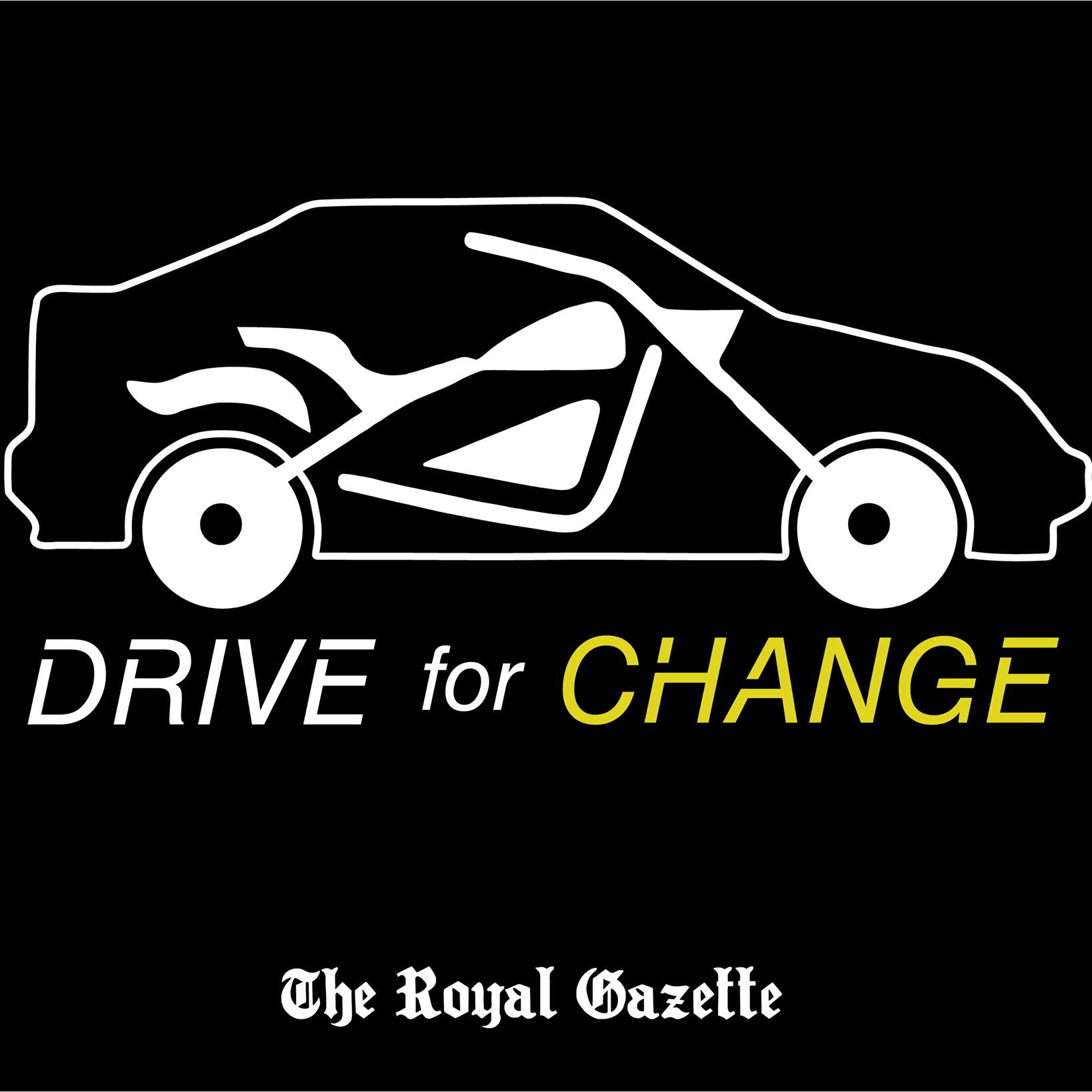Dear Sir,
It is to be hoped that your Drive for Change campaign will bring forth some courage to act on our road problem.
We all know, and years of data show, that people are not being killed and maimed travelling at 35km/h. The elephant in the room is that the killing and maiming is happening because — and mainly because — we are speeding.
It is very very simple: if we drove at the speed limit, people would not die; they would not spend their lives in wheelchairs; mothers would not bury their teenage children, and children their young fathers.
We become accustomed to the narrow roads, blind corners and weaving cycles, and they no longer seem so risky — particularly in our “immortal” years — so we travel at whatever speed we can get away with.
The truth is that we, by the actions of our elected governments, are willing to accept the deaths, maimings and family trauma attached to the higher speeds. The real tragedy is that slowing down on our day-to-day trips would cost very little.
Given normal slowdowns, a trip from Hamilton to St George’s at a maximum of 60km/h versus a maximum speed of 35km/h saves about 12 minutes.
Do we really value our selves and our neighbours so cheaply?
What we need is a traffic policeman every 500 yards or so, 24 hours per day, to make speeding so risky — ie, expensive — that even someone on the way home from a beach party won’t do it. Impossible, right?
Suppose we could do this at no cost? With no extra government or police employees. And add local jobs and actually create new revenue for the Government to pay off our debt.
We need traffic cameras now.
Legislation would create a class of traffic offences for which the vehicle owner was ultimately responsible if the driver could not be identified.
Only the legal owner would be allowed to give another person permission to use a vehicle and would either have to identify that person as the driver or accept liability for any such offence involving the vehicle.
If any fines were not paid, the vehicle would be subject to clamping and towing by any authorised towing service from any road, parking area or public place, including the TCD inspection centre and city parking lots.
A private firm would own and operate the cameras, and would e-mail — and “snail-mail” — the ticket and photograph to the owner of record. The owner would then either pay or choose to appear in court.
If payment was not made on time, the car would go on the “clamp list”. If fines were unpaid at registration time, the car would not be registered until they were paid.
Part of the magic here would be that the cameras would not all be hidden from view; most would be in plain sight. Images would be transmitted in real time, so vandalising cameras would be of no use.
In addition, nine out of ten cameras would be dummies. No one would ever know if a particular camera was operating or not. Eventually, feeding the images to the CCTV system along with speed and licence-plate data would give police a valuable tool against other crime.
As the risk of being fined becomes real to drivers, speeds would drop. Even people who had been drinking would decide to slow down if they knew from personal experience, and the experiences of friends, that they would almost certainly be fined. Steeply escalating the fines for repeated offices would add emphasis to the message.
So, there it is. The primary cause of accident, injury and death is addressed; the project produces new revenue.
The problem is that the offending drivers, or owners, will need a scapegoat for their resentment at being caught. This means that some real political courage will be required. Is saving a life worth taking some political heat?
JAN CARD
Smith’s




Leave A Comment